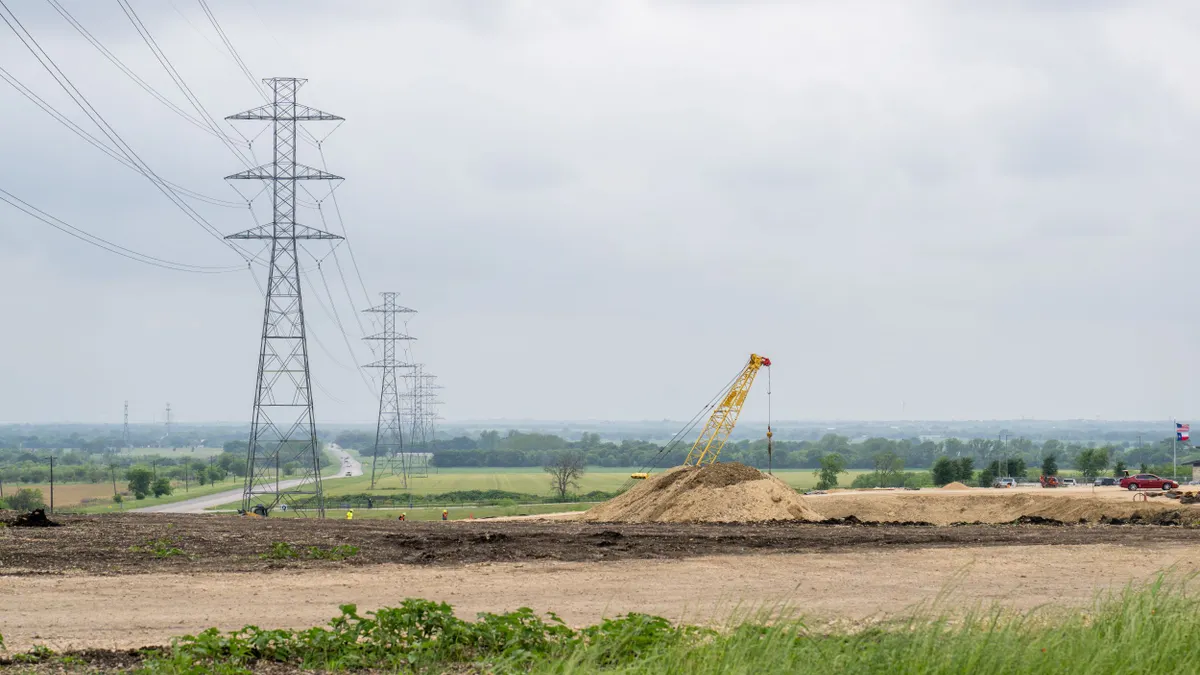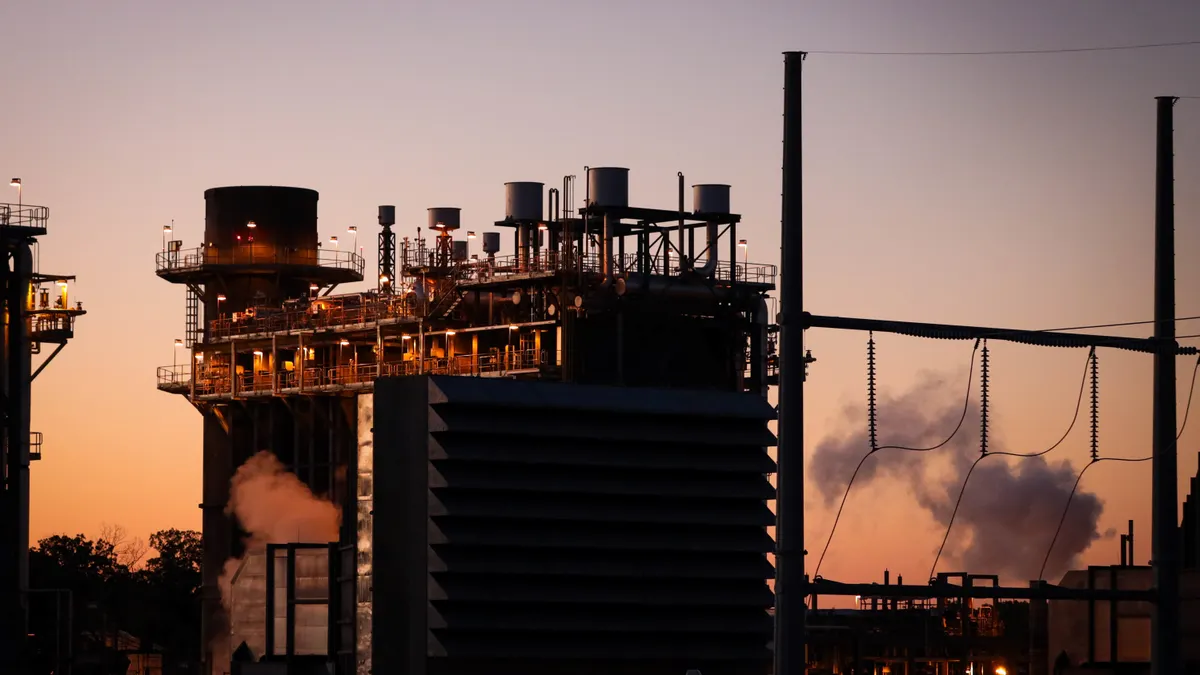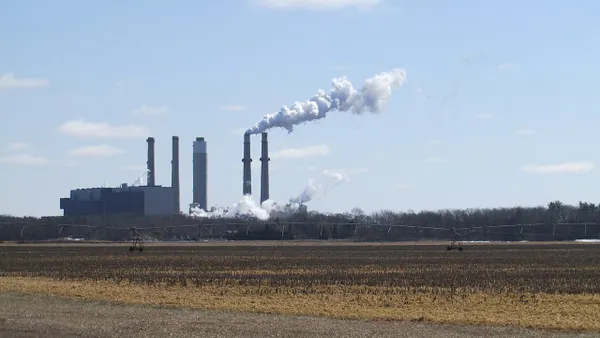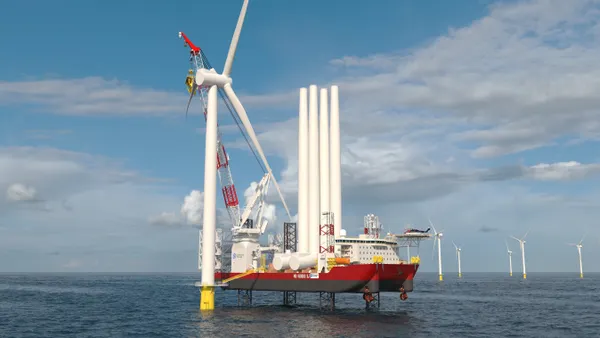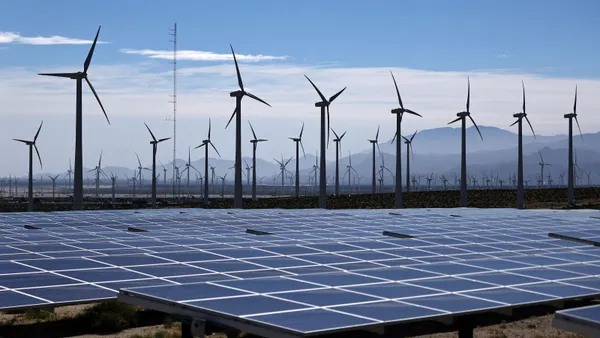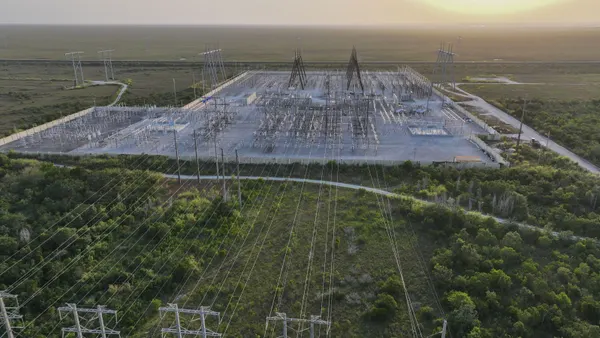Surging load growth and recent federal policy actions are transforming U.S. power markets, creating higher costs and new reliability challenges across regions. E3’s newly released 2025 Core Case forecasts are designed to help market participants navigate this environment, providing a fundamentals-based view of how these forces will shape energy, capacity, ancillary service and renewable attribute prices through 2055.
The E3 2025 edition incorporates the impacts of recent federal policy actions, including tariff changes and the revised timelines for clean energy tax credits under the FY2025 Budget Reconciliation Bill (OBBBA). These policies have immediate implications for the economics of renewables, storage, and gas and their effects are fully reflected in this year’s results.
E3’s forecasts are informed by decades of electricity consulting experience, thousands of hours of modeling effort and our work across policy and planning to transmission investment, asset valuation and financing. This breadth means the forecasts are grounded in fundamentals but also reflect the realities of market design, technology deployment and investment decisions.
Our Core Case has been used across the industry:
- Investors and lenders rely on it to underwrite billions of dollars in projects across solar, wind, storage, gas, hydro, nuclear and transmission investments.
- Developers and technology providers use it to evaluate siting, contracting and portfolio strategies.
- Utilities apply it in procurement planning and resource adequacy analysis.
- Policymakers and regulators turn to it to understand the costs and trade-offs of maintaining reliability while pursuing clean energy goals.
The 2025 findings highlight four themes that will shape power markets in the decades ahead: structural load growth, limits on new gas generation, rising renewable costs and tightening reliability.
Load growth is structural
Across the U.S., electricity demand is rising. Data centers are the largest contributor, with northern Virginia already handling 70% of global internet traffic and driving PJM peaks to decade highs. E3’s analysis for Virginia’s Joint Legislative Audit and Review Commission (JLARC) found that unconstrained data center growth could nearly triple electricity demand in the state. Beyond data centers, new industrial activity, ongoing EV adoption and hotter summers that increase cooling demand are adding to the growth. This trend is expected to continue in all markets and is already straining capacity markets and reserve margins.
Gas cannot fill the gap alone
Natural gas remains essential, but turbine manufacturing capacity is limited. Orders already exceed production rates and even in regions where gas is economic, it cannot be deployed quickly enough to meet demand. Even assuming the U.S. grows its share of annual new gas turbine production to more than 20% of the global market, new wind and solar generation is needed to meet increasing energy demand. Without new renewables, energy growth can’t be sustained.
ERCOT illustrates this challenge. Under OBBBA, average annual energy prices from 2026 to 2035 are projected to be $15/MWh higher than under a global 2032–2035 IRA phaseout. By 2035, the gap grows to nearly $30/MWh. Renewables stall without safe harbor and gas-fired generation doubles from 200 TWh to 400 TWh. Battery investment grows, supported by extended credits, but not enough to close the supply gap. The result is that ERCOT energy prices roughly double over the next eight years.
Renewables remain essential, but more expensive
OBBBA accelerates the expiration of ITC/PTC credits for wind, solar and storage. Combined with elevated tariffs, this has raised projected development costs.
In California and the West, higher solar costs are expected to push Renewable Energy Credit prices higher. The resource mix remains policy-driven: solar and out-of-state wind dominate new builds, while battery procurement continues despite elevated costs to meet both reliability and clean energy targets.
Regional markets are also evolving. The launch of EDAM and Markets+ around 2026 or 2027 will bring more transparent wholesale pricing to the WECC. Outcomes will depend on participation and trade balances across balancing authorities, but clean energy remains central to the system mix.
Reliability is tightening
The capacity market story is playing out most clearly in PJM, MISO and NYISO.
In PJM, the most recent auction cleared at the cap, consistent with E3’s forecast. The outcome reflects thermal retirements and the shift to marginal accreditation, which reduces credited capacity not only for renewables and storage but also for derated thermal plants. Looking forward, outcomes will depend on the pace of data center growth, the speed of firm resource development and the availability of the thermal fleet during tight conditions.
In MISO, the latest auction signaled a tightening market in a summer peaking system. E3 expects the summer to remain tight with high prices as coal units are retired (even under a delayed retirement scenario). As loads grow, reliability risks also materialize in the winter and E3 projects a dual-peaking system to emerge in the longer term.
In New York, near-term prices are tempered by delayed retirements and the CHPE transmission line from Quebec. But in the 2030s, retirements resume, load continues to rise, offshore wind development slows and battery additions taper after 2030. The result is higher capacity prices and greater reliability concerns.
Access the forecasts
Understanding how these pressures unfold across regions is essential for investment, procurement and policy decisions. E3’s 2025 Core Case forecasts are available for every major North American market. Packages include hourly prices, ancillary services, capacity and REC values, with full documentation of assumptions. Custom nodal forecasts and transaction support are also available. Browse forecasts and sample outputs here or contact [email protected].




